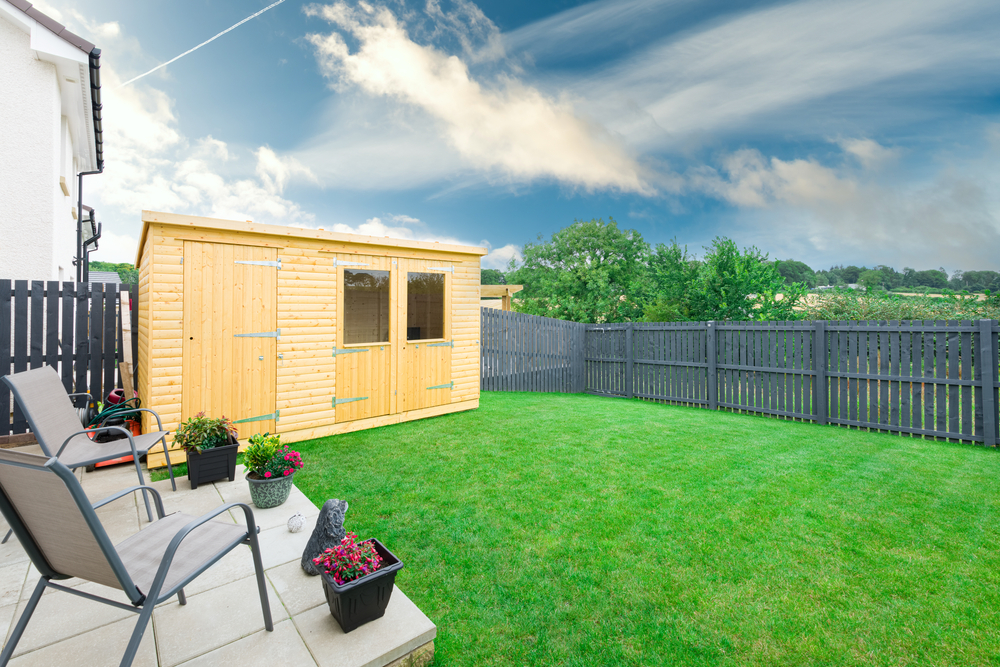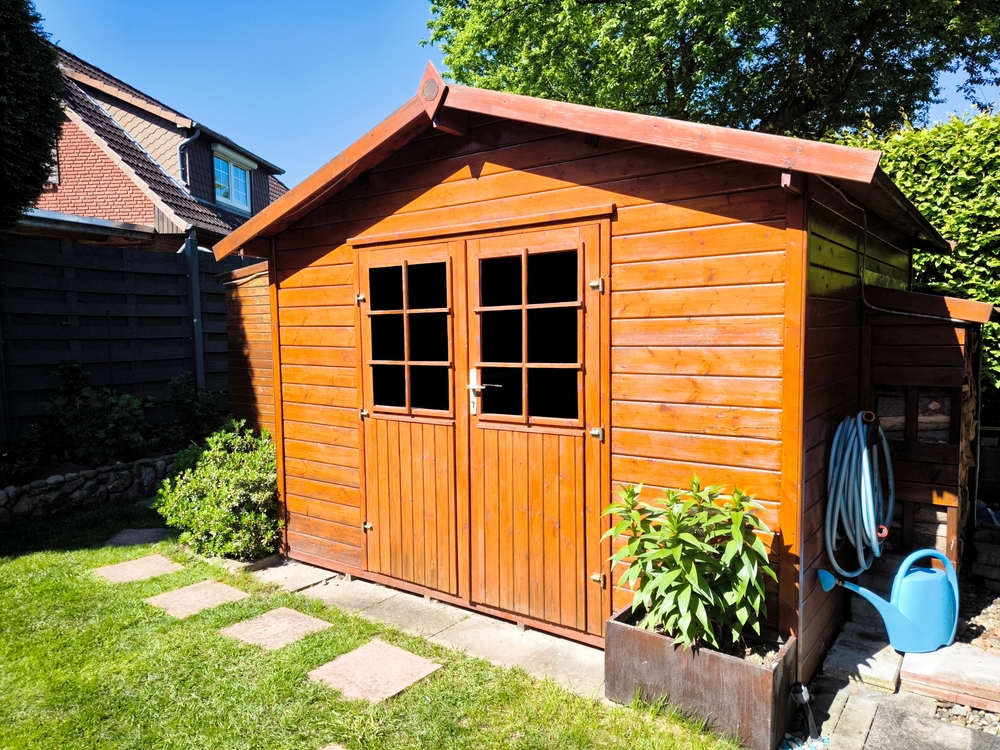Spring is in full swing, and with it comes the seasonal urge to refresh our outdoor spaces, ready for family barbecues, garden parties, or simply enjoying longer evenings in the sunshine.
Across the UK, homeowners are turning their attention to garden projects, with many eyeing up their existing sheds or dreaming up entirely new additions. Whether it’s a stylish summer house, a practical bike store, or the home office you’ve been planning since winter, garden buildings are top of the DIY to-do list this season.
But before you start building, there’s something essential you need to know: Not all garden structures are as straightforward as they seem. Go even slightly beyond the legal limits, and you could risk breaching planning regulations, leading to hefty fines of up to £20,000 in some cases.

What You Need to Know Before You Build
While most sheds, workshops, and outdoor rooms fall under permitted development rights, they’re still subject to strict rules, particularly around size, height, placement, and usage. And with more homeowners now transforming these buildings into studios, gyms, and even occasional guest rooms, understanding those limits has never been more important.
We asked Aaron Priestman, garden building expert and founder of Brighton Bike Sheds, for his take on the key things to watch out for:
“It’s really common for people to assume that because it’s ‘just a shed, ’ they can build it anywhere and however they like, but that’s not always the case. One of the biggest mistakes we see is homeowners exceeding the height limit. If your building is over 2.5 metres tall and it’s within two metres of your boundary, you could be in breach of planning rules.”
“If you’re looking to add a garden building this spring, make sure you plan carefully and check your local guidance before starting. Even small details, like adding a green roof, fitting insulation, or placing a window facing a neighbour, can cause issues with the council. The goal is always to create a space that works beautifully for you, without drawing the wrong kind of attention.”
Purpose Matters, Too
Aaron also highlights that the purpose of your garden building can change how it’s classified and regulated:
“As more people use garden rooms as offices, studios, or occasional guest accommodations, the lines can get blurry. If you’re running a business, staying overnight, or installing electrics and plumbing, you may need planning permission or even Building Regulations approval. It’s always better to check before you commit to a design.”
Top Tips to Stay on the Right Side of the Rules
- Mind the height and boundaries
If your building is within 2 metres of a boundary, it must be no taller than 2.5 metres to remain under permitted development. - Stay within 50% of your garden space
Outbuildings should not cover more than half of the land surrounding your original house. - Don’t build forward of your home
Any structure built closer to the road than your main house will require full planning permission. - Check for special property designations
If your property is listed or located in a conservation area, you may face stricter controls. - Think ahead about electrics or plumbing
Want power, lighting, or a water supply? These features might trigger extra approval requirements. - When in doubt, ask
Your local council’s planning department or a garden building expert can offer clarity before you invest time and money into a project.
A List of the Best Plants to Attract Bees and Boost Your Garden’s Health Naturally





